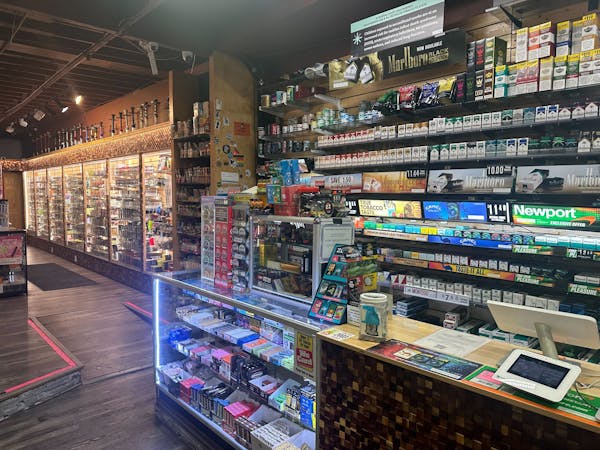Relax, Florida — you still have the biggest sinkholes.
But the recent appearance of several sinkholes and the settling of low-lying areas around Lake Nokomis have prompted the city of Minneapolis and the Park and Recreation Board to inform area residents about why the settling and sinking is taking place.
In brief: It's what happens when there's too much water.
Last year's 40.32 inches of precipitation was the most ever in the Twin Cities, breaking a record that had stood since 1911, according to the National Weather Service in Chanhassen. And 2014 and 2015 both ranked among the top 15 all-time wettest years.
"That slowly adds up," said Eric Ahasic, a Weather Service meteorologist. So far this month, we've gotten 4.21 inches of rain, about 2 inches more than normal.
"Any time you're 2 inches above normal, it's a pretty wet month," Ahasic said, noting that there could be more rain on the way before the end of October. Precipitation for the year so far is 30.9 inches, he added.
The sinkholes near the lake aren't large; they wouldn't swallow a toddler, much less a house. One of them, surrounded by orange fencing and measuring about 15 feet in diameter, is about 2 feet below the surrounding ground.
The city and the Park Board have been getting calls from residents, officials said. But it's important to understand the difference between settling and sinkholes, said Robin Smothers, a Park Board spokeswoman.
Settling can occur when saturated ground compacts, she said, while "sinkholes are typically caused by failures in underground pipes." Heavy rains cause aging drainage pipes to fail.
Some residents mistakenly believe the changes are related to years of stormwater pumping at the nearby Hiawatha Golf Club. That's not the case, Smothers said, noting that water from Hiawatha flows into Minnehaha Creek and then into the Mississippi River.
Kate Dougherty can see the fenced sinkhole from her house across the street. Dougherty said she and other neighbors have noticed the settling in the area.
"This swamp out front just keeps getting bigger and bigger," she said, adding that local residents recently got an e-mail from city officials explaining the situation.
People should call 311 if they spot a sinkhole, said Sarah McKenzie, a Minneapolis city spokeswoman. "It's really important so the city can know about them," she said.
John Reinan • 612-673-7402

Cigarettes at $15 per pack? Minneapolis might do it.
![St. Louis County Board approved a plan to distribute $24 million in CARES funding, including $6 million to be distributed to small businesses. ] ALEX](https://arc.stimg.co/startribunemedia/ED62G7Y2RWISNRUZQRT3ZTJVHU.jpg?h=91&w=145&fit=crop&bg=999&crop=faces)
Duluth man sentenced to 40 years for role in drive-by shooting that killed 19-year-old

